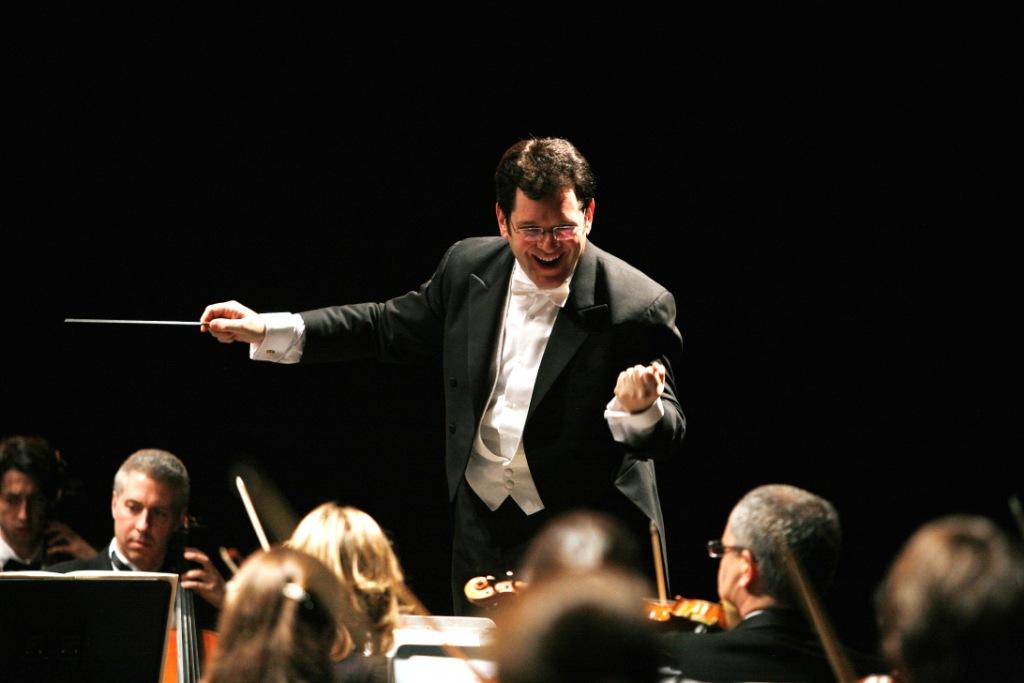After a fascinating and thorough pre-concert lecture by composer Augusta Read Thomas,
in which she discussed the relevance and mission of classical contemporary concert music and how the University of Louisville School of Music’s Grawemeyer Award— celebrating an important 25th Anniversary—has helped and could help foster this mission, several faculty members from the school assembled to perform music by current and past Grawemeyer Award winners.
Lutoslawski won in 1985 and wrote Grave (Metamorphoses) for cello and piano in 1981. The performers here, cellist Paul York and pianist Krista Wallace-Boaz, performed this first-rate work admirably, with pacing and a good eye for the overall structure. The Little Predicament “A kis csava” (1978) by Gyorgy Kurtag, who won in 2006, is comprised of four short pieces which are outrageously humorous— all the more comical due to its clever scoring of piccolo¸ trombone and guitar. The performers, Kathleen Karr on piccolo, guitarist Stephen Mattingly, and trombonist Brett Shuster played with unity of ensemble—although Shuster, who has a great sound, had some trouble producing the work’s difficult high notes.
Sebastian Currier, 2007 Grawemeyer winner, composed Verge in1997, and there is no shortage of humor and ingenuity in this clever array of nine (almost ten) movements, which have titles like Almost Too Fast, Almost Too Slow, Almost Too Little (only about 10 seconds long), Almost Too Much, etc. The latter is the climactic piece, with a consistently exciting, pulsating drive. The last, Almost Too Calm, is a fitting close despite its slow tempo, because it reaches a sublime, stratospheric peak that is exquisitely beautiful. Pianist Wallace-Boaz, violinist J. Patrick Rafferty, and clarinetist Dallas Tidwell played the work very well, although Rafferty—while very talented—played with a tentative sound this evening.
Peter Lieberson, who won in 2008, had 3 Songs from his Rilke Songs performed by outstanding soprano Edith Davis Tidwell and her fine pianist Naomi Oliphant. There is some Mahlerian influence in the melodic writing and it sometimes uniquely combines with a piano left-hand that is almost jazz-like. Three Caprichos after Goya, written by 2009 winner Brett Dean, are three delightful and well-crafted pieces for solo guitar. It was performed by Stephen Mattingly, who played this work without much imagination or depth of dynamics (his instrument didn’t resonate enough.)
Klangzeichen (2003), the wind quintet with piano composed by this year’s winner, York Holler (born 1944), was given an absolutely polished, dynamic and riveting performance by Karr on flute, oboist Jennifer Potochnic, Tidwell on clarinet, Bruce Heim on horn, and bassoonist Matthew Karr. The work is skillfully written for sustained or chiming piano against fast, double-tonguing wind-playing; the parts often switch roles, with much interchange. The tension and even clashing among the various parts symbolize the Israeli-Palestinian conflict, and an old Hebrew melody, which was previously complicated and fragmented, becomes touchingly simple and innocent towards the end, with a tribute to the children of the two lands. Unfortunately, the composers were unavailable to hear their music on this occasion; it was an important evening for live contemporary concert music.


![Mamlok_-_fotographer_Simon_Pauly_MÀrz_09_011_sm[1]](https://www.nyconcertreview.com/blog/wp-content/uploads/blog_images/Mamlok_-_fotographer_Simon_Pauly_MÀrz_09_011_sm1.jpg)